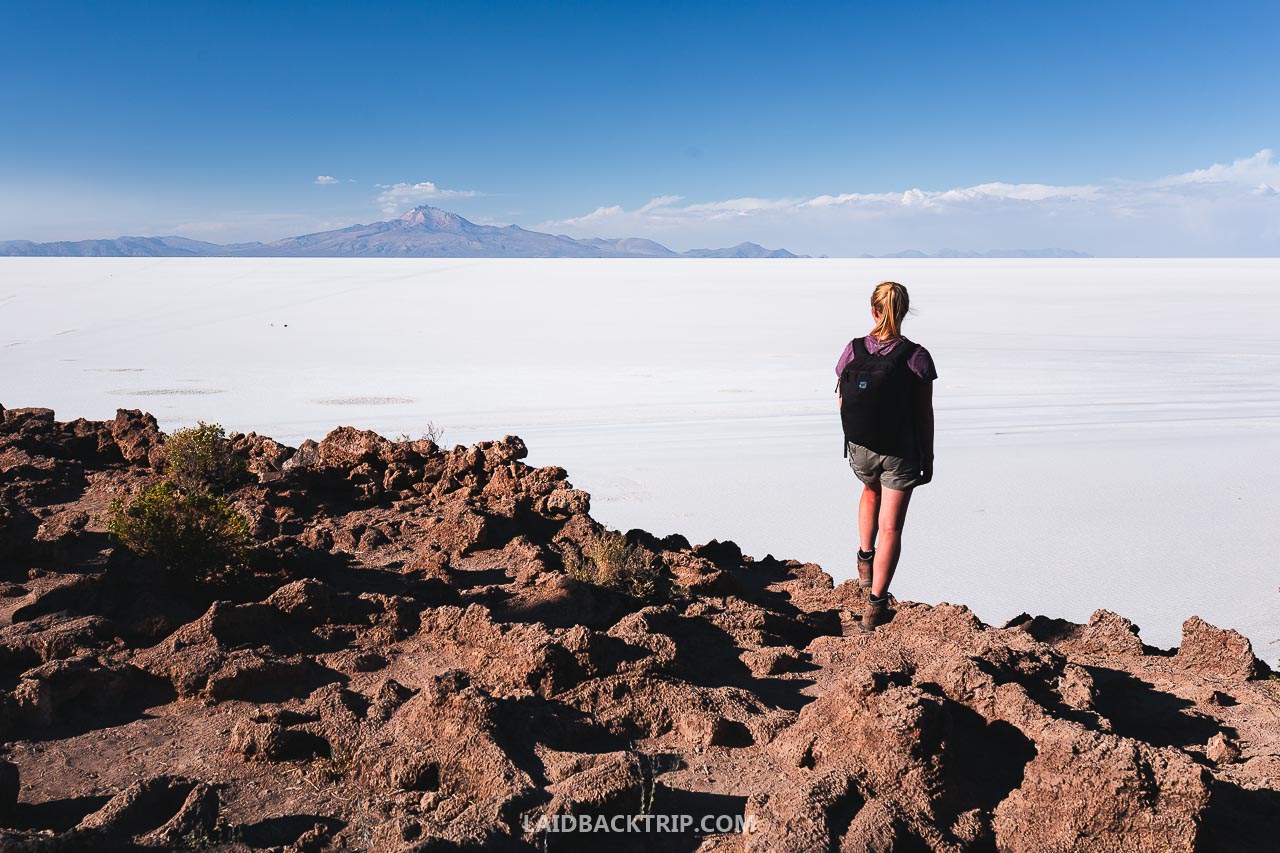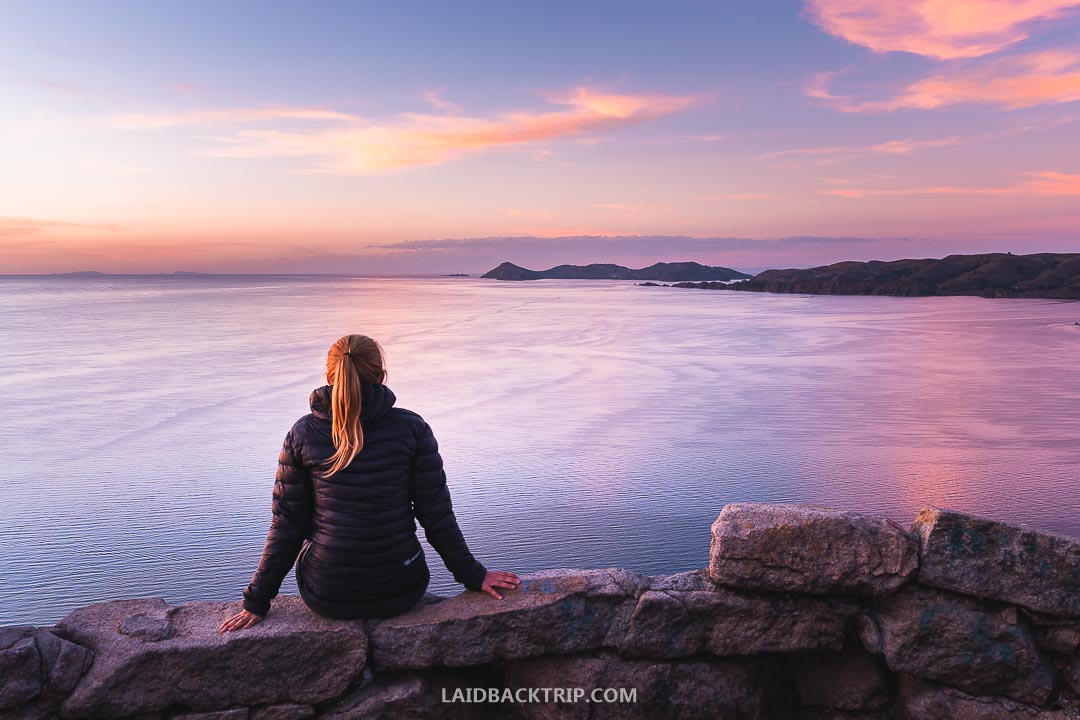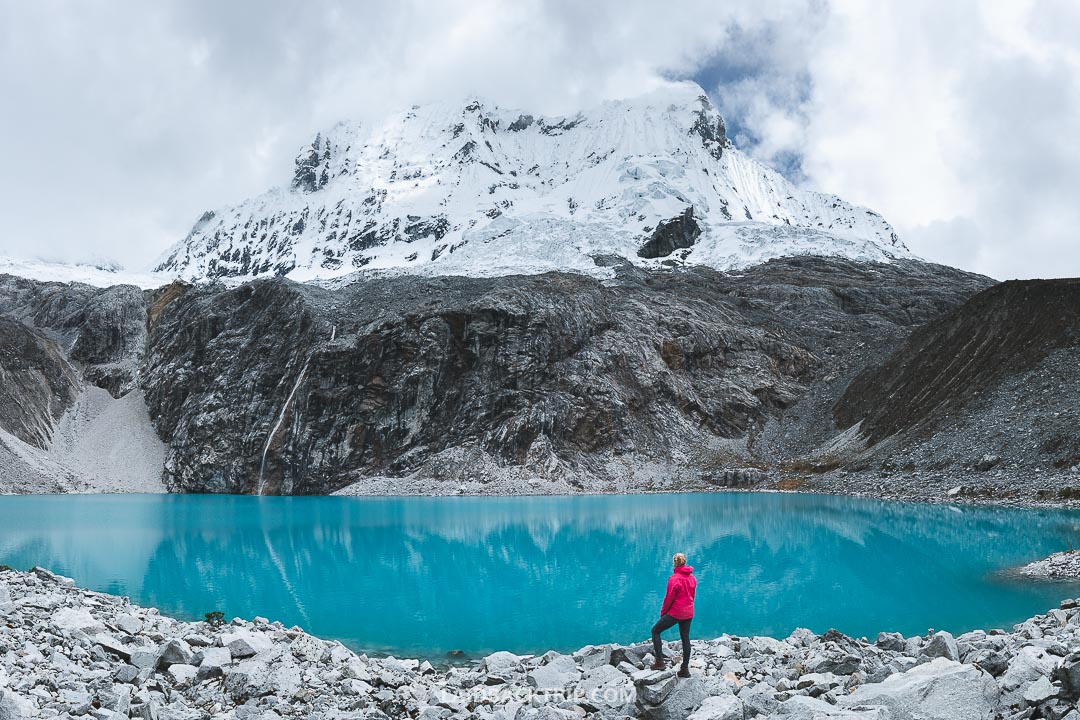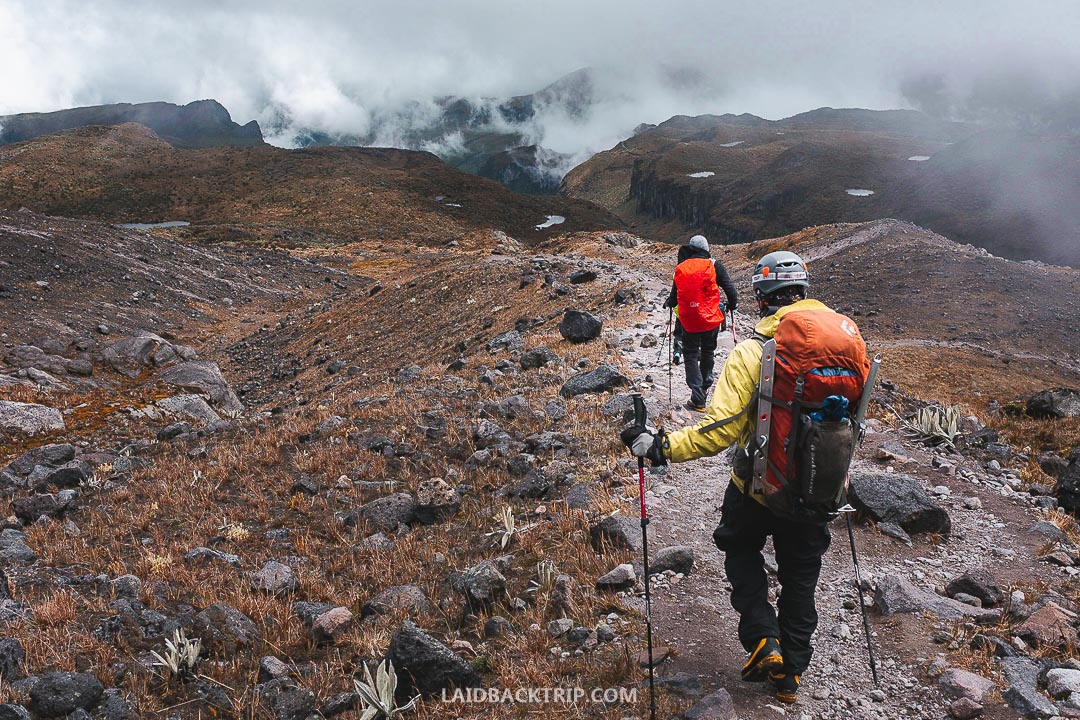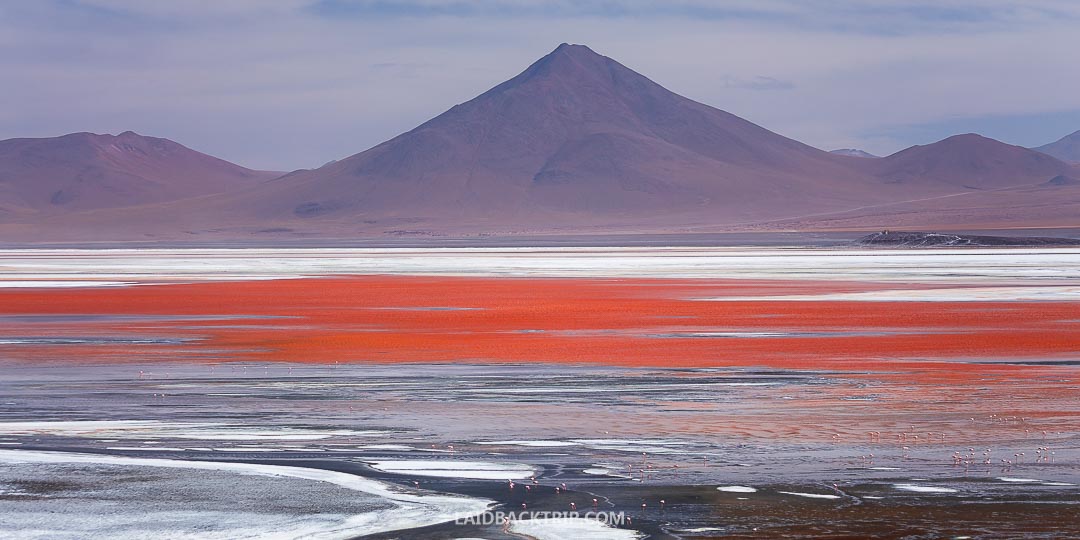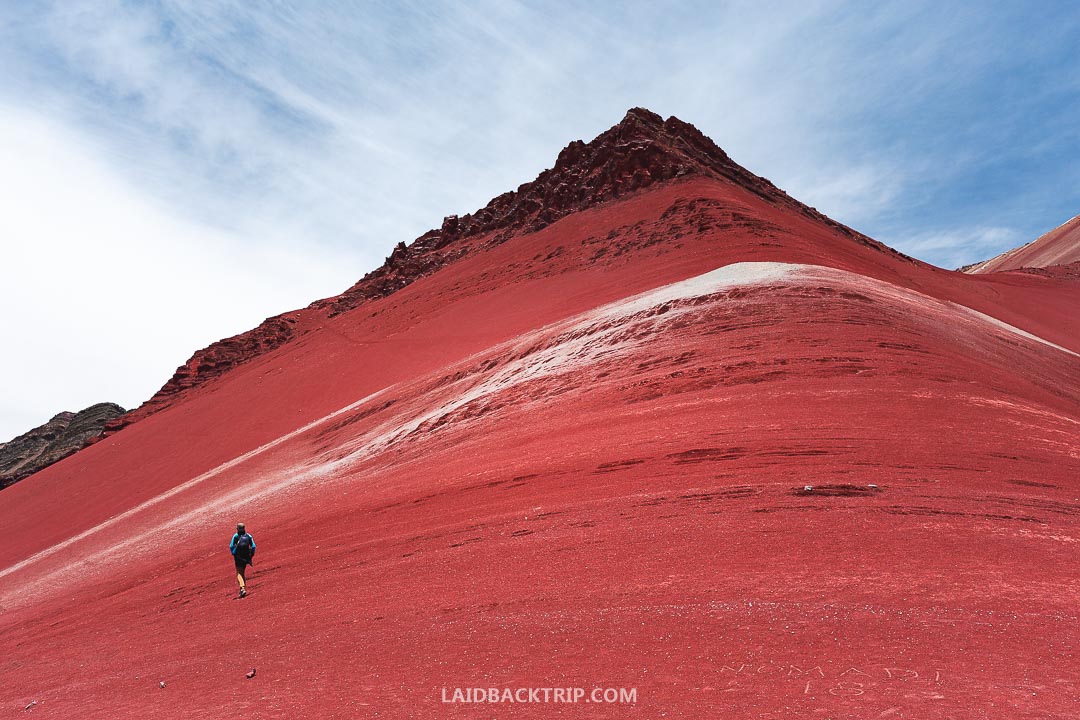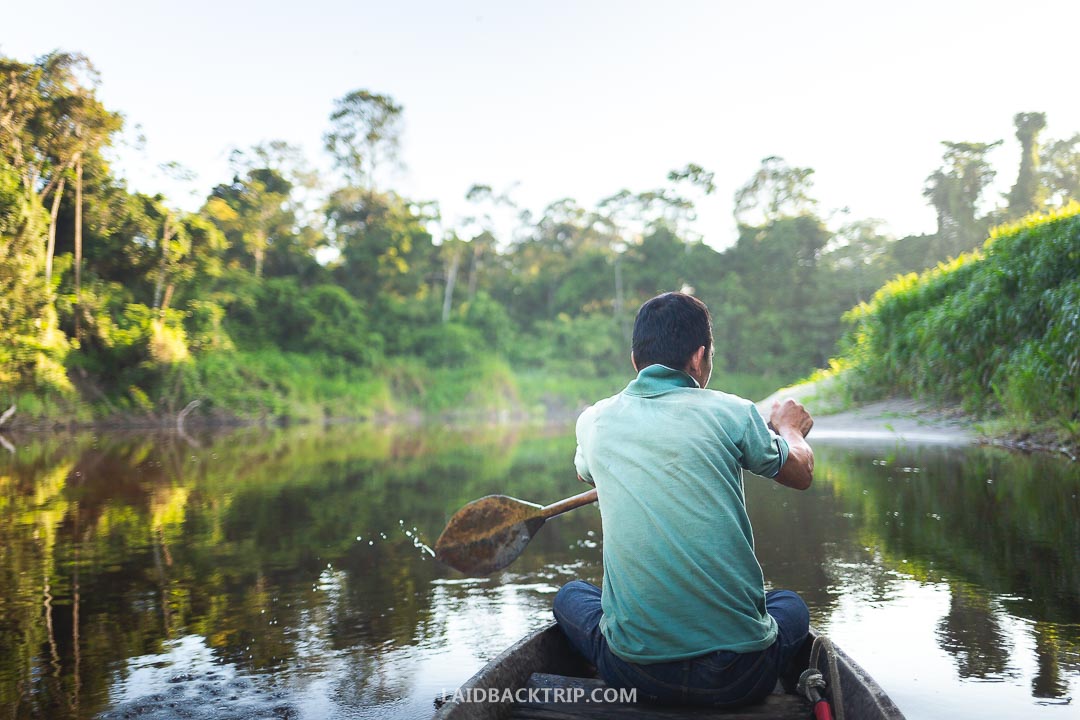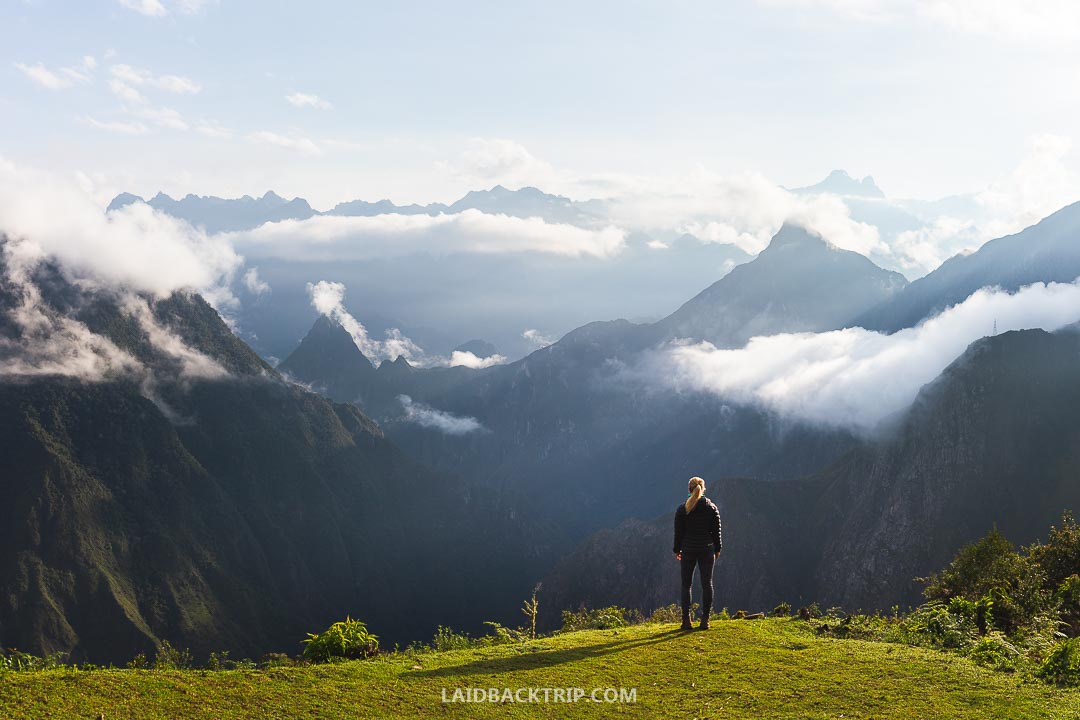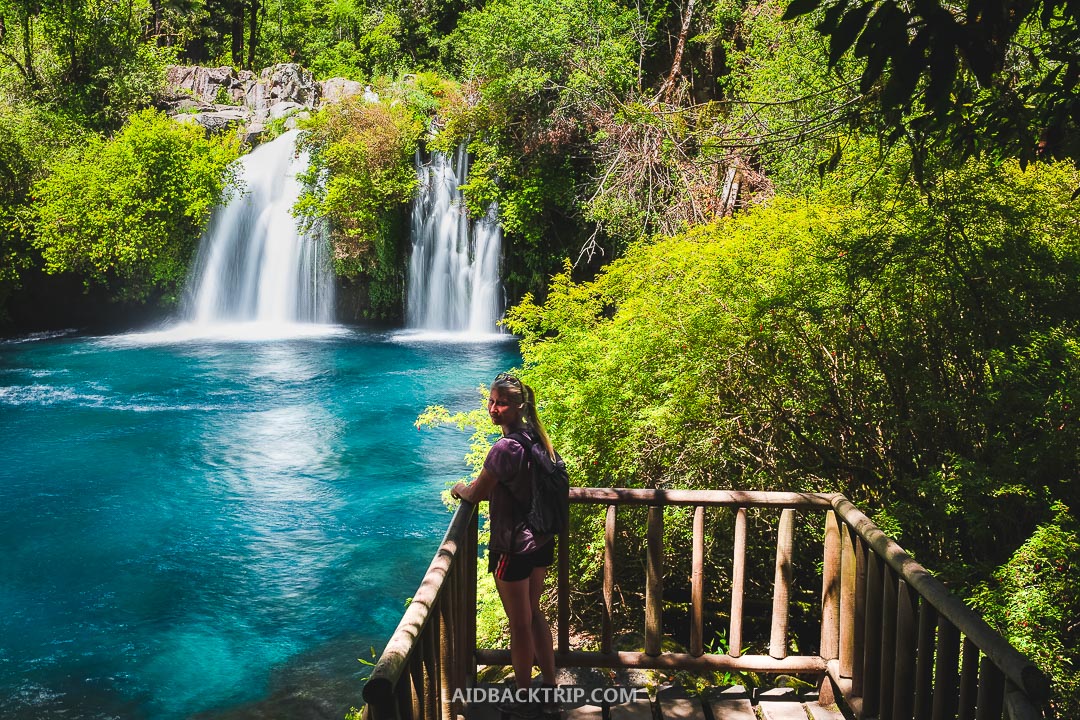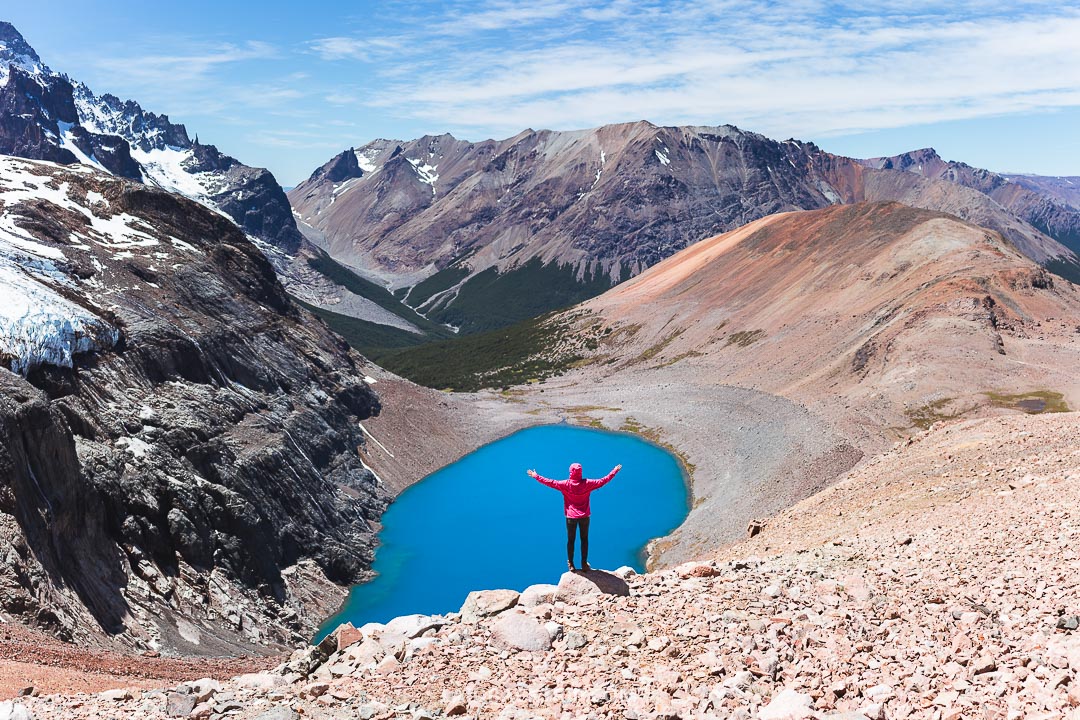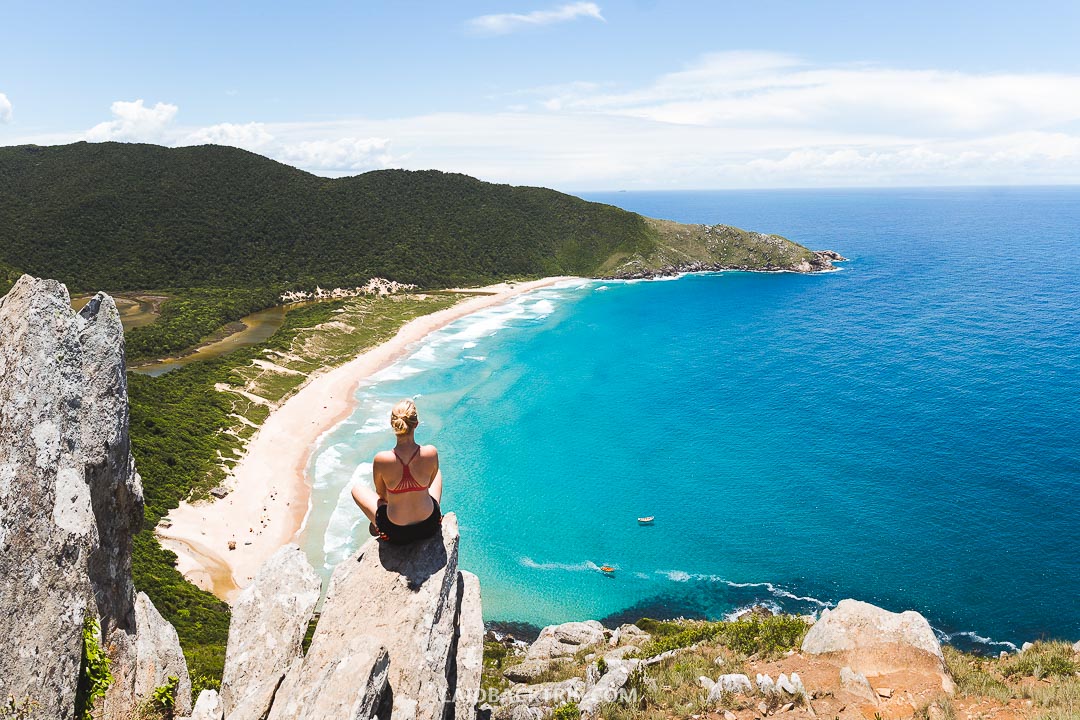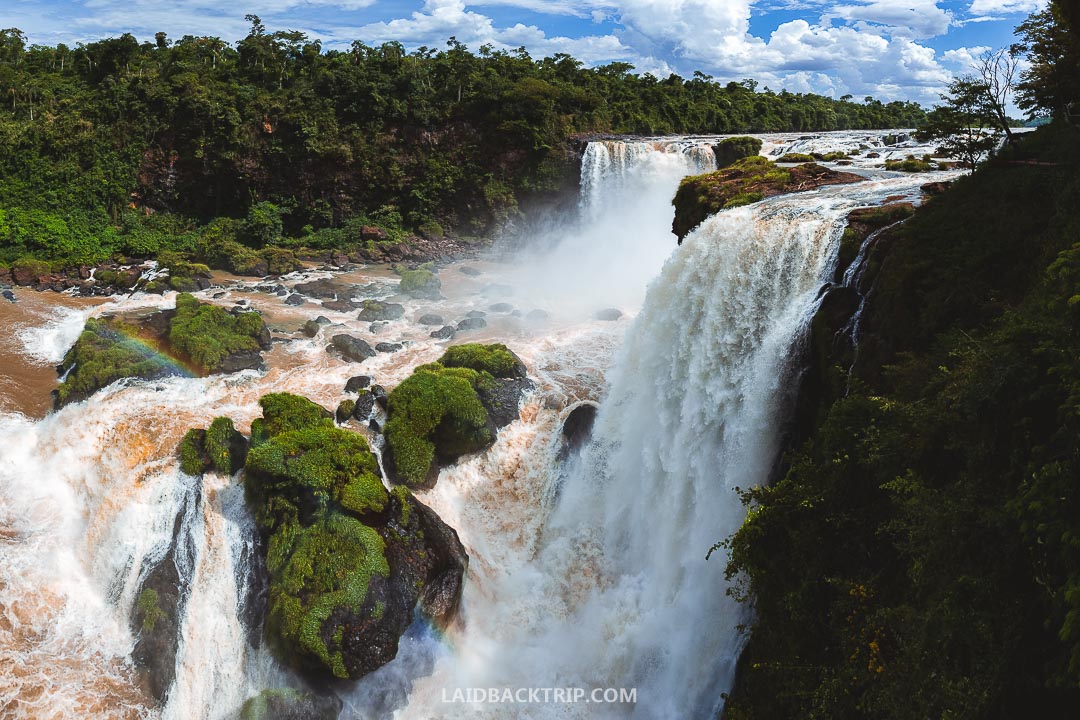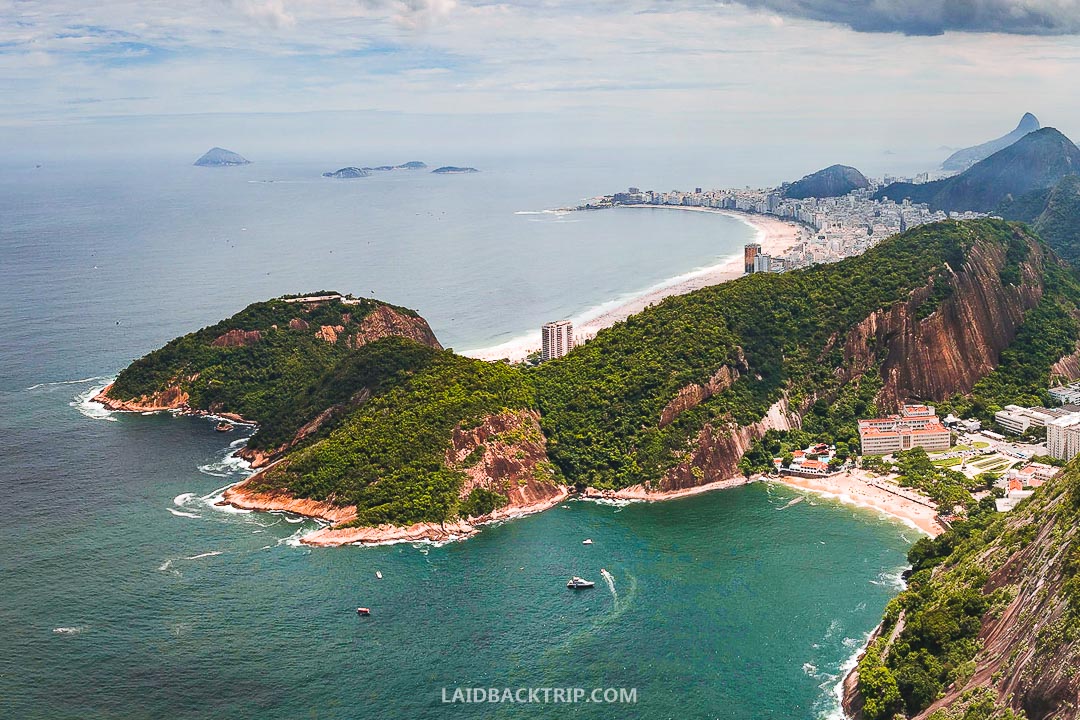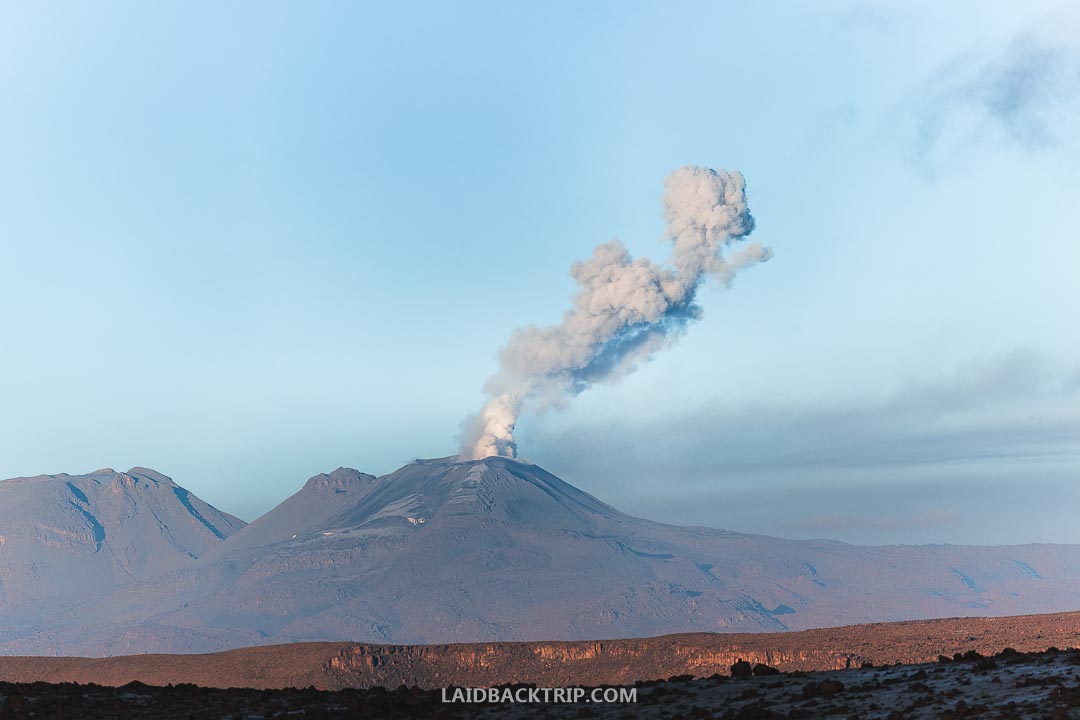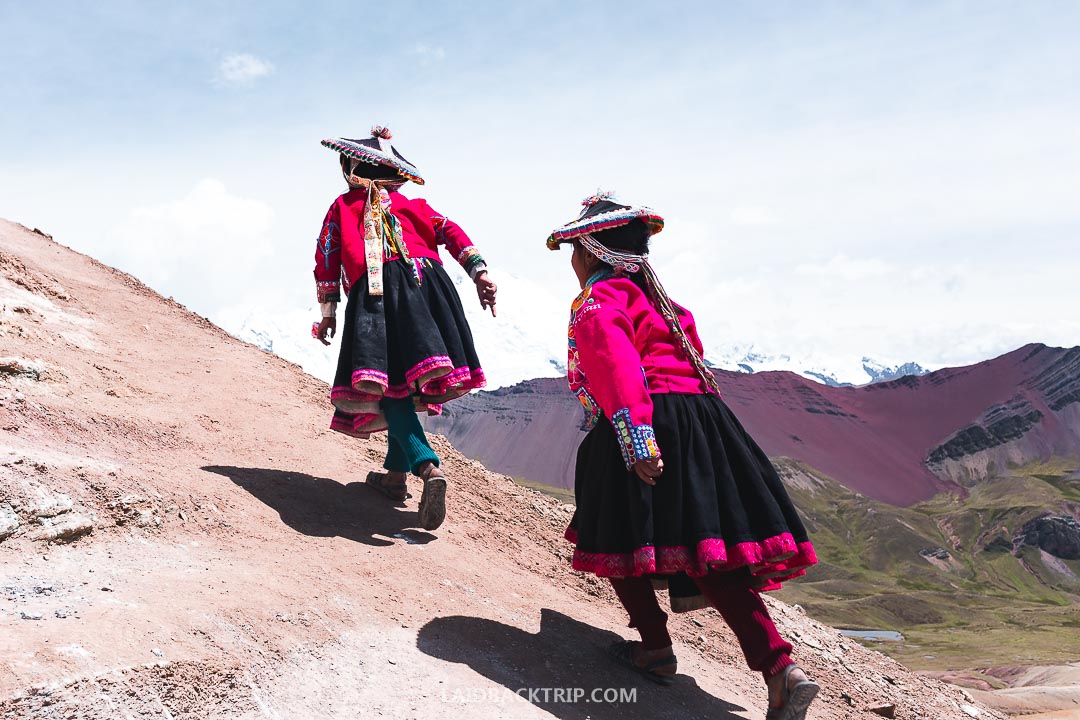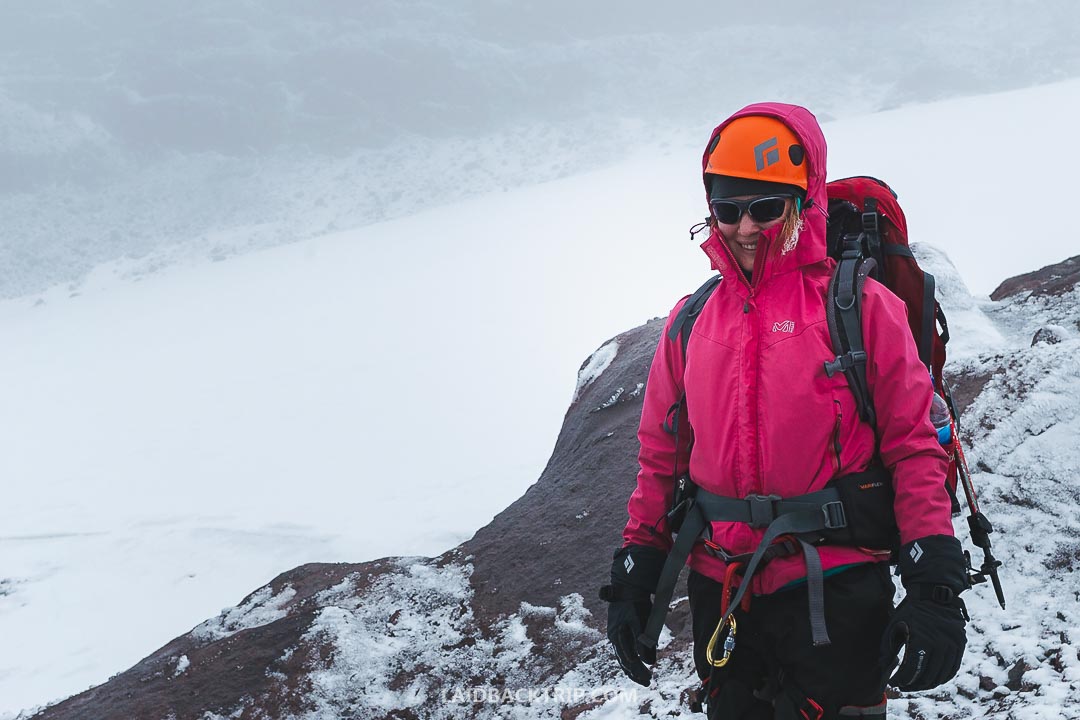What To Pack For South America: Ultimate Packing List
We spent eight months traveling in South America with everything we own on our backs. Here we bring you our personally tested packing list with all essentials you should not forget at home before your journey. Read our ultimate list on what to pack for South America to travel like a pro.
If you are planning on traveling around South America, congratulations - you will have a great time.
But once your excitement of buying flight ticket wears off, you should start focusing on the practical side of upcoming travels. Because no denying, South America is a huge continent, and it sometimes does not matter if you are going to visit one country or all of them, it is essential to understand that even in one and the smallest country you will most likely experience different types of climate, and you will need to pack a bit of everything to get yourself covered.
We must confess, that although we've visited nine countries on the continent and needed quite a lot of equipment for every weather and every activity you can think of, we packed way too much gear. Some of them we even did not use at all, and it only took a precious space in our backpacks plus if we did not have them, we could have prevented our aching backs.
That's why we have created this ultimate packing list for South America to help you figure out what is necessary to pack and what is better to leave behind.
Packing light is important, although not every time it is 100% possible. With our guide, we believe that your backpack will have just the right weight and nothing important will be missing.
Traveling from the hot and ocean coast, humid jungle, scorching dessert to villages high in the mountain while stopping from time to time in the pulsing capital cities sounds pretty exciting, but what should you pack to enjoy your travels to the fullest without being overdressed or undressed all the time is a challenging task, especially when we presume that you want to try different adventures such as hiking, snorkeling, canyoning, volcano climbing, glacier walking and much more.
Of course, everything you will forget can be bought in South America, but very often the clothes are not in the desired quality, and usually, it is much more expensive than in your home country because of high import tax.
So what should you purchase and pack before your travels to South America?
We've got you covered.
BACKPACKS AND HOW TO KEEP YOU AND YOUR BELONGINGS SAFE
One thing is sure if you plan on traveling long-term at some point you will get sick of carrying your backpacks and of constant fear about your belongings. But it is an inevitable part of traveling, and you should make sure that you purchase your bags in top-quality.
Travel Backpack for Him & Travel Backpack for Her - The most important thing you will need to have is a backpack. And we believe this is an item you should not skimp on as you will carry it most of the time, and it is essential that you have a bag which fits you well. It depends on how long are you traveling for, but we were pretty happy with backpack size we got and also with the brand - we have it for several years, and apart from the dirt it still looks and feels like brand new.
Lightweight Backpack - We brought three small lightweight backpacks and could not be happier with this decision. A small backpack is essential to carry your valuables when traveling from one destination to another, plus it is useful when walking in the city or setting off for a one day trip. And why did we have three backpacks instead of two? The third one was this water-resistant bag we could carry with us when doing activities close to the water when we needed to keep safe and dry our electronics, for example when we were enjoying beaches on Florianopolis, admiring Iguazu Falls or spending one week on the Galapagos Islands.
Dry Bags - Even when using a water-resistant bag, we still use light dry bags to keep our technical equipment, well, dry and to minimize possibilities of damaging it.
Packing Cubes - If you want to keep your bags organized, the best way how to attain it is to purchase packing cubes. It is the item which will save you from going crazy when looking for something in your backpack, and we cannot imagine traveling without it.
Combination Locks - When it comes to safety in South America, it is always useful to take all the necessary precautions you might think of to keep your valuables safe. We always used combination locks on our backpacks when traveling on a night bus, but it is also an essential thing to have when staying in dormitories as hostels usually provide lockers without locks.
Money Belt & Bra Pocket - We advise you to keep your valuables in your hotel room, however a money belt can be useful when traveling from one place to another. It is the easiest, inconspicuous way how to carry money or passport without leaving it unattended on your back. It is, of course, possible to carry your daypack on your front as we were told by our guide in Medellin, but frankly, it is not very comfortable, and we think it looks even more obvious that you carry a fortune in it. Because money belts are not the best solution for girls and a women wearing a dress, a bra pocket is a smart and comfortable option on how to keep money safe.
Travel Insurance
We never leave home without travel insurance that was designed to cover our expenses if something goes wrong during the trip.
Travel insurance protects against theft, flight delays, injury, illness, cancellations, and much more.
World Nomads provides travel insurance for travelers to cover their trip essentials, including sports and adventure activities.
SafetyWing is affordable travel insurance for backpackers, long-term travelers, and digital nomads.
Travel smarter and safer!
ELECTRONICS
We probably travel with more technical equipment that the majority of travelers, but we still believe that most of the people take the camera or laptop with them to a foreign country to work remotely, to record their adventures, take awesome photos, or simply to keep themselves entertained during long bus rides or during quiet nights in hostels.
Canon 6D Mark II paired with 24-105mm II - Perfect camera and lens for traveling. It's built like a tank, battery lasts forever, the lenses are cheap and I still prefer it over mirrorless cameras for this reasons. And who would not want to have gorgeous photos from traveling in South America? Although more and more travelers shoot their pictures on a mobile phone (and it is completely fine, you can find awesome phones with great cameras), we are a bit old-fashioned when it comes to taking pictures and bring our big DSLR camera.
Sony a6500 paired with 18-105mm lens - When walking streets of big and busy cities such as Lima or Bogota, we didn't want to make easy targets from us, that's why we carried a small mirrorless camera. The perfect choice for all travelers who want to travel light.
Tamron SP 150-600mm If you are serious about photography and going to Pacaya Samiria National Reserve in the Peruvian jungle or Galapagos Islands, you have to consider bringing big telephoto lens for capturing the wildlife. Yes, it's big and heavy, but if you travel only for 2 or three weeks, or you are taking photography seriously, it's worth it.
GoPro - A great waterproof camera if you plan on visiting a destination with a rich underwater life. You do not want to end up like us when we bought a second-hand underwater camera last minute before our trip to the Galapagos in Quito only to find out on our first day that the battery is dead and lasts only 30 seconds. We also always carry one or two back-up batteries for the camera in case we don't have time to charge it every day, or only in case of technical difficulties.
GorillaPod - If photography is your hobby, you should consider carrying a compact tripod. We fancy this one as it is small and does not weigh too much.
Memory Cards - We love hiking, and there were many situations during our travels when we couldn't transfer photos from our camera to the laptop straightaway, so it was essential to have spare memory cards, so we could keep taking pictures without fear that when we reach Machu Picchu, the highlight of Inca Trail, there will be no space left on memory card.
Laptop - In order to keep our blog going on the road, but also to post process photos which we would have done anyway, we bought a laptop Dell XPS13 which turned out to be great because of its size and quality.
Power Bank - If you want to do some multi-day hikes such as Salkantay trek, it is essential to have a power bank, because most of the mobile phones won't last more than two days, especially if you use it as an alarm clock or instead of torchlight.
Kindle - It is heavy to carry around a book or two in the backpack, and even harder to find a new one when you finish it, and although you can find exchange shelves in the hostels, the choice is usually not that great, or books are not in a language we understand. That's why having a portable library is a true gem when traveling - you can download as many books as you can and kill some time when waiting for a bus.
Travel Adapter - Chances are, that to keep your electronic devices working in South America, you will need a travel adapter. We use a universal world travel adapter with multi-plugs, which covers all plug options, and we don't need to buy a new one when traveling to a new country.
BEST OF SOUTH AMERICA:
SOUTH AMERICA: Is It Safe to Travel to South America in 2019?
ARGENTINA: Ultimate Guide to Visiting Perito Moreno Glacier
BOLIVIA: Salar de Uyuni Tour: How To Visit Salt Flats In Bolivia
BRAZIL: A Complete Guide To Visiting Iguazu Falls
CHILE: A Comprehensive Road Trip Guide to Carretera Austral in Patagonia
COLOMBIA: The Perfect 4 Weeks Itinerary
ECUADOR: Hiking The Quilotoa Loop: The Most Popular Trek In Ecuador
GALAPAGOS ISLANDS: Cruising The Paradise With Ecoventura
PARAGUAY: 8 Best Things To Do In Ciudad Del Este, Paraguay
PERU: A Perfect Guide to Hiking the Inca Trail to Machu Picchu
CLOTHES
We packed way too many clothes than we needed, and had to carry it all year round as we did not want to get rid of some high-quality pieces, and also did not want to send it back home because of the cost and possibility of losing it. First, you must know which countries are you going to visit - if you want to see the majority of countries in South America, unfortunately, you need a bit of everything because the continent can surprise you with scorching heat, but also with cold winds and even snow. Here are our tips what you should bring with you.Functional t-shirt with long sleeves for Him & for Her - long-sleeved t-shirts are great on its own or you can use them as a base layer or wear them during cold nights.
Functional t-shirts with short sleeves for Him & for Her - we did not take any fancy clothes with us, because the majority of our days we spent outdoors, so we basically wore those functional t-shirts all the time.
Shirt for Him & for Her - it is necessary especially when you plan on visiting the jungle.
Tank Top - for really hot days.
Jackets for Him & for Her - we normally have one sport, functional jacket and another warmer one we use when walking in the city, for cold nights in the mountains or when traveling by overnight bus.
Windproof and waterproof jacket for Him & for Her - it is necessary to have a quality Windstopper, especially in Patagonia where the winds blow strongly all the time. Often windproof jackets are also waterproof, but when it rains a lot, we usually put on rain poncho straight away.
Rain Poncho - we found useful big loose rain poncho as it can also protect our backpacks.
Down jacket for Him & for Her - there is nothing better than after all day hiking put on a warm down jacket. It is light, does not take any space, so this jacket is also very practical.
Leggings for Him & for Her - while I prefer hiking in leggings rather than in hiking trousers, Martin uses his leggings as a base layer when it is too cold.
Hiking trousers for Him & for Her - if you plan on doing some hikes, you will appreciate hiking breathable trousers.
Shorts for Him & for Her - in some parts of South America it is so hot, you will definitely need at least one shorts.
Waterproof trousers - when you are hiking and it is raining a lot, light waterproof trousers can come really handy.
Pair of gloves for Him & for Her - we used gloves rarely during our trip, but we probably cannot imagine climbing the glacier in Los Nevados National Park in Colombia without it.
Hat - head protection is important in South America because of strong sun, so generally, wear anything that suits you the best.
Sunglasses - we usually buy cheap sunglasses with UV on spot, because we often lose them or break them.
Underwear for Him & for Her - it depends how often you want to do laundry, but we recommend to have clean underwear for at least one week.
Socks for Him & for Her - we prefer high socks for hiking boots as you can fold them when wearing low sneakers.
Sneakers for Him & for Her - sneakers are probably shoes you will wear the most during your trip, so make sure it fits well.
Flipflops for Him & for Her - we wear flipflops all the time no matter if we are by the sea or inside our room.
Hiking boots for Him & for Her - you should not take choosing hiking boots lightly as it can save you many blisters and turn your trek to either awesome adventure or a terrible experience.
Swimsuit for Him & for Her - because South America has an uncountable number of beautiful beaches along the coast.
TOILETRIES
You will most likely have to buy toiletries along the way as no one wants and can carry several tubes of toothpaste or deodorants in the backpack, but you should arrive with several items which are essential and also more expensive to buy in South America.
Sun in South America is incredibly strong, so you should not forget to buy quality sunscreen (we usually use 50+), and because of humidity, another essential thing is a mosquito repellent. We recommend having a travel towel - it is light, easy to fold, and in some hostels, it is not a rule that you get one. Apart from toothbrush and toothpaste, bring deodorant, cream (or whatever you normally use), comb, nails scissors and cotton buds. It is also necessary to carry at least a basic first-aid kit.
TRAVEL EQUIPMENT
Then we have here a section which is often overlooked, with those small things you might not need, but when you do, it is hard to find them in the shop immediately.
We always have in our backpack silk liner. When traveling on a budget, we were not sometimes entirely sure about the cleanliness in our room, often when we traveled on Carretera Austral in Chile, and it was always time to take out the liner. Also, you can use it as an additional layer for a sleeping bag as we did in cold conditions when hiking in Los Nevados National Park in Colombia.
From time to time, instead of buying new stuff, you will need a sewing kit or duct tape and folding knife for small repairs. We also found useful to have a clothesline to dry our clothes in the room when it was necessary.
Do not forget torchlight as it is often necessary when doing sunrise or sunset hikes - a phone usually is not a good replacement, as you need to have your hands free.
WHAT YOU CAN CONSIDER PACKING
Depending on your travel style, you might consider bringing with you a sleeping bag, especially if you are up to hiking, it is much better to sleep in own sleeping bag than in rental one.
We met several people traveling with a tent they were usually travelers on a very low budget, who wanted to save some money when combining their travels with several multi-day treks in the mountains. If you are going to pack a tent with you, it is definitely worth it to choose a light one, but you should not buy a cheap one, as winds, for example in Patagonia, can be incredibly strong, so you need to make sure your home away from home will survive even harsh conditions.
Again, if you plan on doing plenty of hikes, you should consider packing hiking poles to protect your knees. We rented them several times as we did not have our own, and helped us a lot.
Last but not least, we found helpful carrying mosquito net. Not only we used it in the jungle or in Tayrona National Park in Colombia to protect ourselves from annoying insects, but we also sometimes needed it in hostels or hotels when the provided mosquito net was full of holes.
Some of the links on this post are affiliate links. If you choose to purchase using these links, we receive a small commission at no extra cost to you.
Travel Resources
Here you can find links to all the travel resources we use and which you might find helpful when planning your next holiday.
Accommodation: When looking for accommodation, we usually search hotels via Booking.com or Hostelworld.
Tours: Although we love to travel independently, some places are better to visit with a guided tour.
We prefer GetYourGuide for its easy-to-use interface and solid reputation. Another great alternative is Viator.
Rental Cars: When going on a road trip, we always use Rentalcars.com, a reliable site for booking a rental car in advance.
Flight Tickets: When looking for flight tickets, you can search Skyscanner to find the best price.
Travel Insurance: World Nomads and SafetyWing cover against risks of travel.
